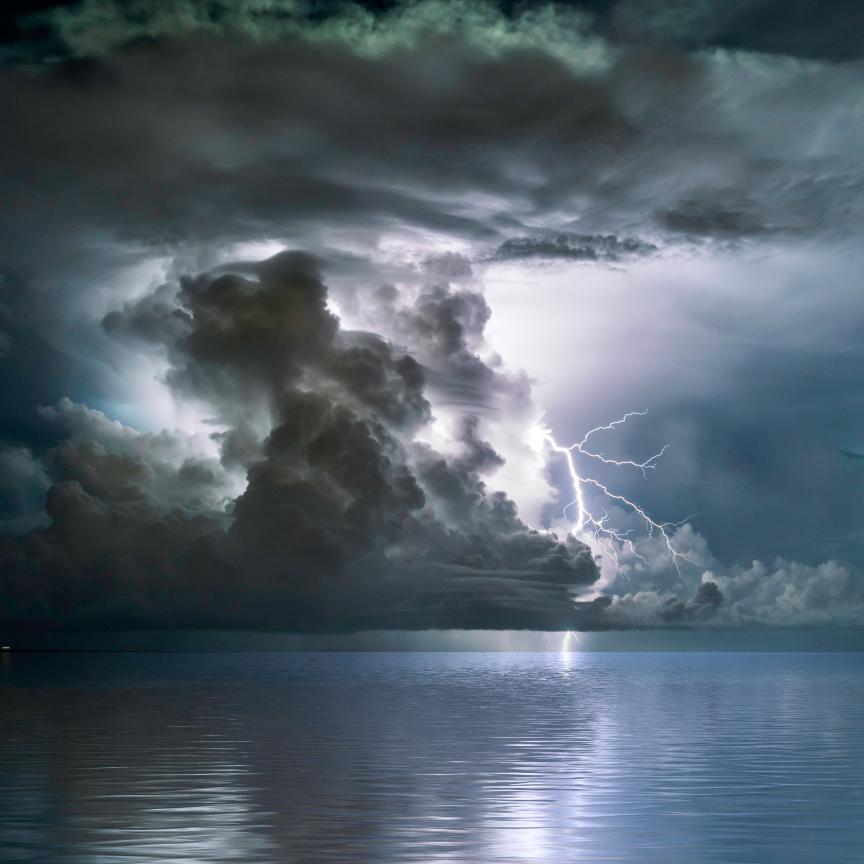At the European Physical Society Conference on High Energy Physics (EPS-HEP) in Venice, the LHCb experiment at CERN’s Large Hadron Collider has reported the observation of a new particle with two heavy quarks.
The existence of this new particle, Ξcc++ (Xicc++), from the baryon family was predicted by current theories - but physicists have been trying to confirm the existence of baryons with two heavy quarks.
The mass of the newly identified particle is about 3621 MeV, which is almost four times heavier than the most familiar baryon, the proton, a property that arises from the presence of two quarks. It is the first time that such a particle has been detected.
‘Finding a doubly heavy-quark baryon is of great interest as it will provide a unique tool to further probe quantum chromodynamics, the theory that describes the strong interaction, one of the four fundamental forces,’ said Giovanni Passaleva, new Spokesperson of the LHCb collaboration. ‘Such particles will thus help us improve the predictive power of our theories.’
‘In contrast to other baryons, in which the three quarks perform an elaborate dance around each other, a doubly heavy baryon is expected to act like a planetary system, where the two heavy quarks play the role of heavy stars orbiting one around the other, with the lighter quark orbiting around this binary system,’ added Guy Wilkinson, former Spokesperson of the collaboration.
Measuring the properties of the Ξcc++ will help to establish how a system of two heavy quarks and a light quark behaves.
The observation of this new baryon proved to be challenging and has been made possible owing to the high production rate of heavy quarks at the LHC and to the unique capabilities of the LHCb experiment, which can identify the decay products with excellent efficiency. The Ξcc++ baryon was detected via its decay into a Λc+ baryon and three lighter mesons K-, π+ and π+.
The observation of the Ξcc++ in LHCb raises the expectations to detect other representatives of the family of doubly heavy baryons. They will now be searched for at the LHC.
This result is based on 13 TeV data recorded during run two at the Large Hadron Collider and confirmed using 8 TeV data from run 1. The researchers have submitted a paper reporting these findings to the journal Physical Review Letters.
The European Physical Society Conference on High Energy Physics (EPS-HEP) is one of the major international conferences that review the field. It takes place every other year since 1971. It is organized by the High Energy and Particle Physics Division of the European Physical Society. The latest conferences in this series were held in Vienna, Stockholm, Grenoble, Krakow, Manchester, Lisbon and Aachen.
EPS-HEP 2017 will be held on 5-12 July in Venice, Italy. The conference is organized by the Istituto Nazionale di Fisica Nucleare (INFN) and by the Department of Physics and Astronomy of the University of Padova.

